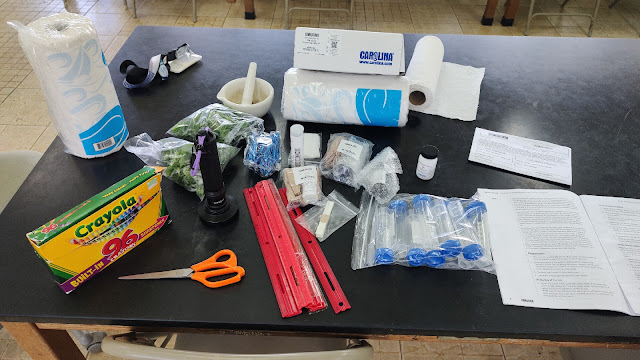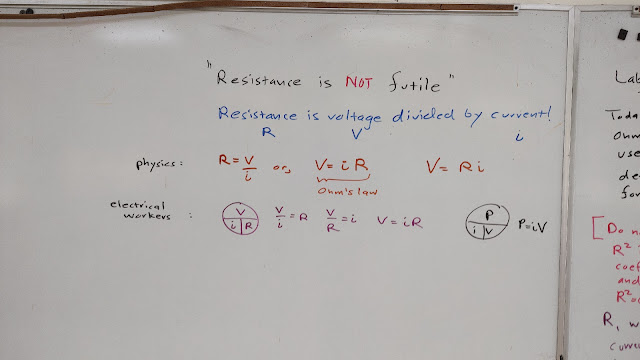Health and tackling the rising tide of NCDs

I wandered in near the end of a panel presentation at the national health summit. I was only there to pick up a participant in the summit. As I waited I heard the challenges of deciding where to focus health sector funding and efforts - whether to focus limited funding on primary care, tertiary care. or nutrition to tackle the rising Non-Communicable Disease crisis. Since attending health meetings over two decades ago I never hear the need to promote and fund aerobic exercise, the single most effective long term NCD prevention strategy. Twenty years of speakers calling for nutrition education and training more nutritionists has not stemmed the rising tide of NCDs. Nutrition is obviously important but has not been a solution. The complication is that exercising in public is culturally problematic for many here. Including my culturally traditional wife. After twenty years of encouraging her to workout, ten years ago she began working out: at an indoor fitness center. She was never com




